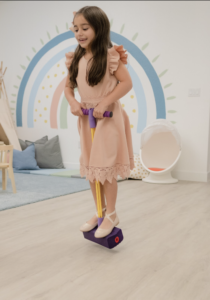
How often do you find yourself thinking, “I would like this behavior to stop or change?” You will first need to know how to measure the behavior and then determine if it has increased or decreased over time. How do you do that?
In order to measure a specific behavior, the behavior being measured must be:
-
Observable (can see or hear it in person)
-
Measurable
-
Count
-
Rate/ frequency
-
Duration
-
Response latency
-
Inter-response time (The time between two responses or, more strictly, from the beginning of one response to the beginning of the next)
Example: Screaming
-
Observable through sight and sound
-
Measurable through time (duration)
Non-Example: Trying Harder
-
We can observe characteristics of trying, but not trying itself
-
“Trying” cannot be measured
Behavior is measured based on desired outcome and type of behavior. For example, if the target behavior is hitting, we can use count in order to record the number of times the child hits.
We can only use concluding evidence if it is gathered using objective data. When we measure behavior, it is important to pick target behavior that is observable and measurable. Without those two components, we cannot effectively determine if there is a change in the behavior.
For more information, check out these links!
How Behavior Analysis Works: Real Life Applications
Behavior Week: Identifying Target Behaviors and Function
Should you have any further questions, please contact a member of our team at FLAdmin@riseservicesinc.org.
